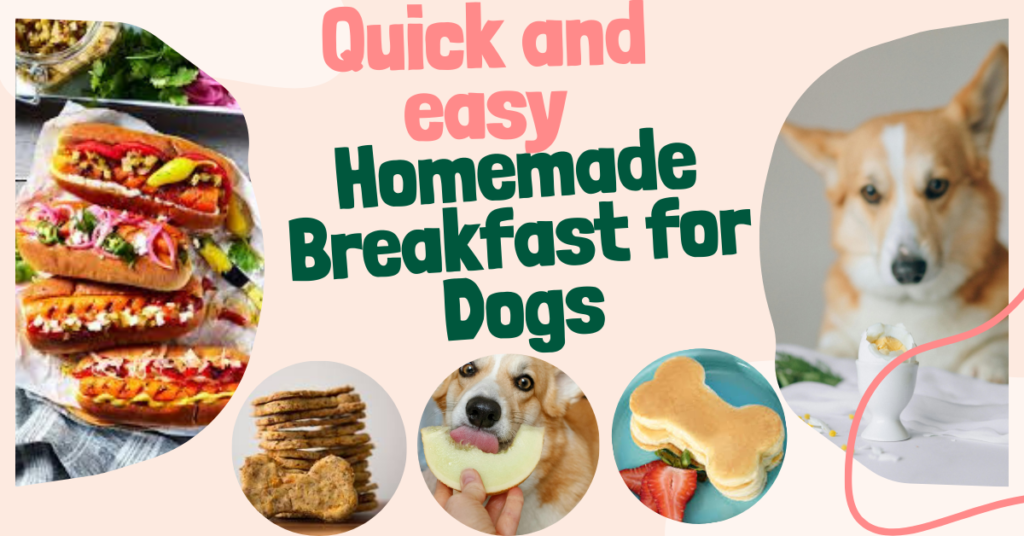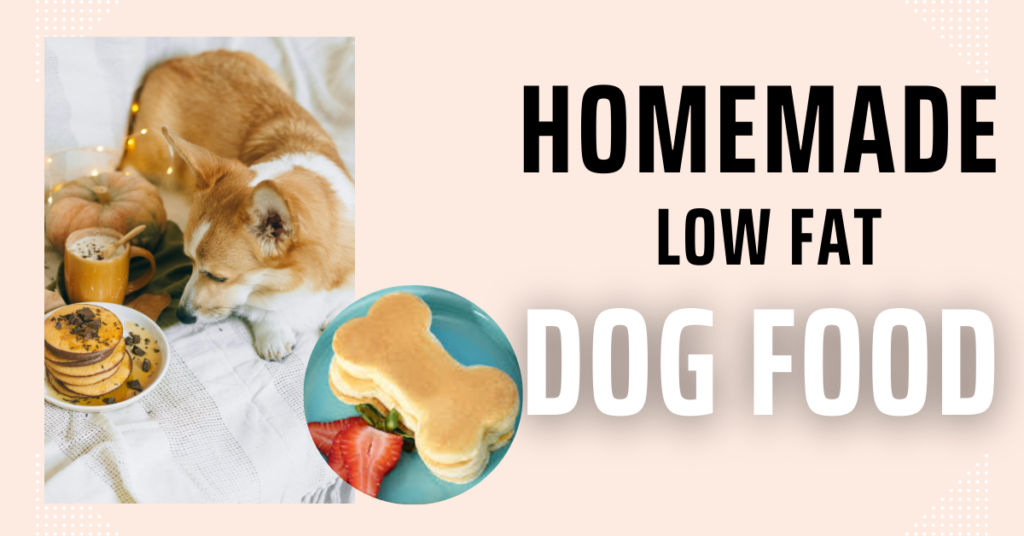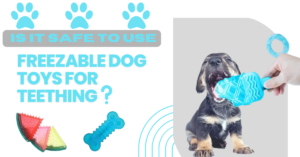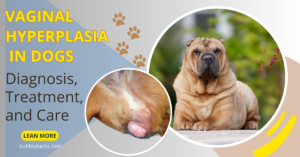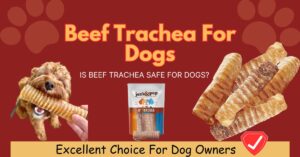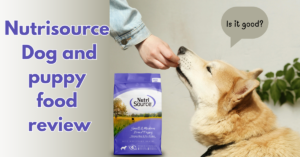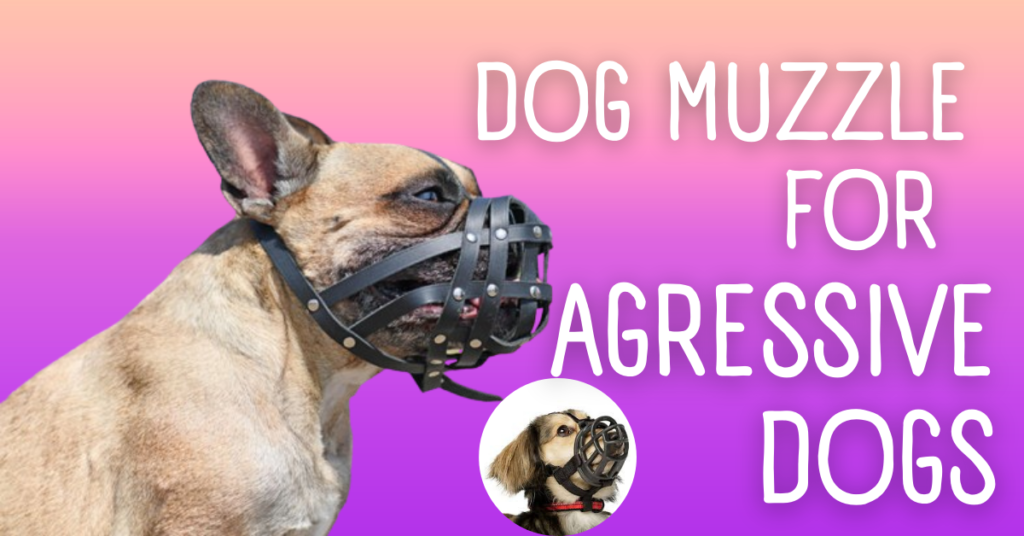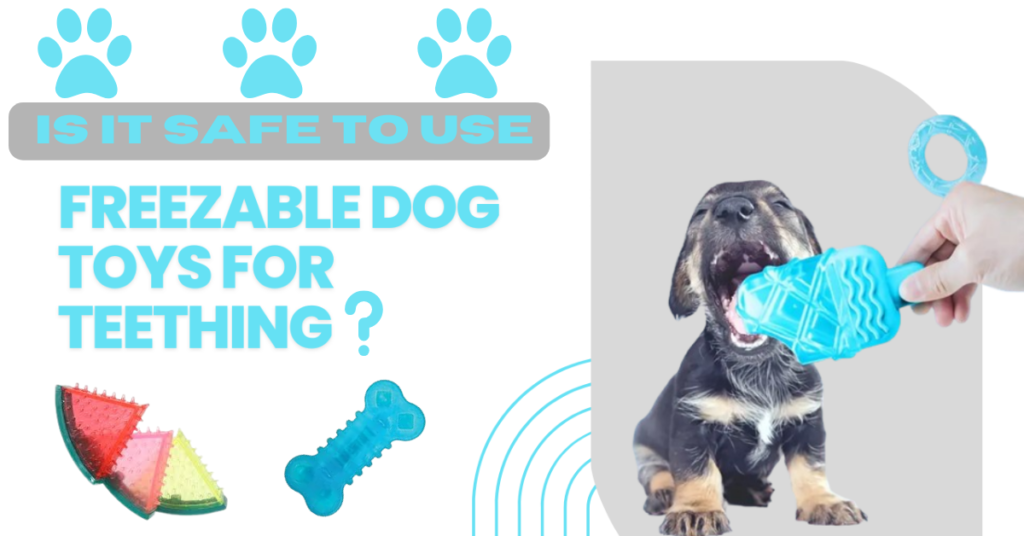Are you worried about your dog’s health and safety? In this rainy season, you don’t want to buy your dog breakfast from outside. So don’t worry. In this blog, we are going to share details about homemade breakfast for your dog and food allergies. So, continue to read the following information.
Here are a few things you should know about homemade breakfast for dogs
- If homemade dog food is not refrigerated, it can quickly grow bacteria and fungi. Store your freshly cooked dog food in airtight containers in the refrigerator or freezer at or below 4 degrees Celsius.
- Use homemade dog food that is refrigerated within three days. Before serving, check for changes in color and odor. Serve somewhat colder than room temperature. If using a microwave to thaw or defrost food, make sure there are no hot spots.
- Powdered dog vitamins, minerals, and calcium must be added to homemade dog food. It is mandatory to take these dog nutrients.
- Every recipe yields 1000 calories. The number of calories required for your dog’s diet dictates the size of the serving.
- To verify that the protein and calorie counts are accurate, measure out the ingredients using a kitchen scale.
- Keep the vitamin and mineral supplement cold or not heated. Instead, incorporate it into the food right before feeding.
Which homemade breakfast for dogs is nutritious?
- Peas and green beans: Both are rich in potassium-containing minerals, and green beans are a great source of vitamins K and C. Each is low in calories and a good source of nourishment.
- Apples: Delicious fruits packed with vitamins C and A. It is recommended that you give your dog little portions of them without the seeds or core—one at a time.
- Pasta & Rice: Whole wheat or white pasta is a rich source of energy and nutrients. Sauces with a lot of fat or acidity should still be ignored.
- Sweet potatoes and pumpkin: These are rich sources of vitamin A and beta-carotene, and they both help with digestion.
- Lean Proteins: Lean proteins include chicken, turkey, and beef. However, please do not feed them anything with intense flavors, such as those in wine, oil, seasonings, or vegetables.
- Yogurt: Greek yogurt is an excellent source of protein. However, avoid alternatives that are high in sugar and preservatives.
- Peanut butter: Provides a healthy dose of protein and fiber, but be wary of those that include xylitol, which is toxic to dogs.
To cool the hot muesli, add the frozen blueberries. It’s advisable to feed your dog food that is just slightly warm; always double-check to make sure.
- To avoid heated eggs, boil them ahead of time.
- Manuka honey offers a host of health advantages that are not seen in regular honey.
Which Homemade dog food for liver disease should be included in the diet?
A convenient liver diet can be delicious and substituted with a handmade liver-friendly meal. In this instance, it is advised to consume a modest amount of protein, copper, and vitamin A.
A diet rich in meat, potatoes, dairy products, fruits, vegetables, and oils is beneficial to the liver. It’s crucial to incorporate nutritious foods into your dog’s diet to maintain its liver function. A number of foods can be a part of a dog’s liver diet –
Trimmed proteins: Fish, poultry, lean beef, and turkey are all excellent sources of lean proteins, which include the critical amino acids needed for liver function. Choose boiled or cooked meats, and trim off any extra skin or fat.
Whole grains: Whole grains, including wheat, a grain called oats, and brown rice, are good sources of fiber and other minerals. These cereals aid in glucose regulation and are easy on the liver.
Fresh fruits: Dogs can safely eat apples, bananas, blueberries, and watermelon, which are high in vitamins, minerals, and antioxidants. Make sure to extract any seeds or pits and serve them sparingly.
Greens with leaves: Broccoli, kale, and spinach are rich in nutrients and green leaves that are good for the liver. To facilitate more straightforward digestion for your dog, steam or mildly boil them before eating.
Cruciferous vegetables: Vegetables such as cauliflower, Brussels sprouts, and cabbage contain substances that aid in liver detoxification. Serve these veggies in tiny portions, either steamed or boiled.
Omega-3 fatty acids: Two great sources of omega-3 fatty acids are flaxseed and fish oil. When given in the right proportions, they can help your dog’s liver stay healthy and minimize inflammation.
Keeping an eye on and evaluating your dog’s liver diet’s effectiveness
After starting your dog on a liver diet, it’s critical to track their progress and assess how well the diet is maintaining their liver function. The following actions can be taken to track and evaluate your dog’s liver diet’s efficacy:
- Frequent visits to the vet: Make an appointment for routine examinations with your veterinarian to monitor your dog’s liver function and general health.
- Track modifications in behavior and well-being: Watch for any alterations in your dog’s energy levels, appetite, behavior, or coat quality. These may serve as markers of their general health and well-being, including the health of their liver.
- Keep a food journal: Record the foods you give your dog.
Homemade low-fat dog food
A low-fat diet is the best way to manage a number of health issues in dogs, particularly hyperlipidemia, which can result in pancreatitis. A low-fat diet may also be beneficial for treating chronic pancreatitis, IBD, EPI, and lymphangiectasia. When a dog has diabetes or Cushing’s disease, is taking anti-seizure medication, or is otherwise at risk for pancreatitis, owners may decide to lower the amount of fat in their food as a prophylactic step. In healthy low-fat food, we included instructions for making a homemade low-fat diet for your dogs as well as information on how to determine the fat content of different foods.
- Beef, lamb, and venison are examples of meat from ruminant species that are low in linoleic acid and rich in saturated fats. In contrast, poultry meat is high in linoleic acid. Skin issues that are primarily caused by an imbalance in fat but may be misdiagnosed as food allergies can result from taking too much or too little linoleic acid. The daily or weekly rotation of meals from poultry and ruminants aids in the balance of fats. It’s particularly crucial to balance the fats by adding other components if only one type of meat is fed because of dietary allergies or intolerances or if diversity is restricted due to expense or difficulty obtaining different kinds of meat.
- Lean ground beef can be replaced with beef heart, which is acceptable in terms of fat content but results in a lower zinc content in the recipe. One day per week of beef heart would be sufficient; however, if served more frequently than that, a zinc supplement ought to be added.
- One can replace eggshell powder with any calcium, calculating 1,500 mg of calcium for every level tsp of eggshell powder. Eggshell and bone meal can also be switched out, but because bone meal contains phosphorus, you will need to use more of it than eggshell.
Which homemade dog food is beneficial for elderly dogs?
Glucosamine and chondroitin: These supplements for joints that support cartilage can help many elderly dogs move around with less discomfort.
Antioxidants: Elderly dogs’ immune systems can benefit from the additional help that antioxidants can give them.
Reduced Sodium and Phosphorus Levels: Your dog’s blood pressure can remain standard with reduced sodium levels, and renal function can be preserved with lower phosphorus levels.
Omega-3 Fatty Acids: These essential fatty acids can reduce irritation and support kidney health. They are present in fish oil and some plant and nut oils.
Extra Fibre: Senior dogs may experience constipation; therefore, a high-fiber meal could be beneficial. In order to prevent constipation, it is advisable to ensure that your dog receives adequate activity. You can also supplement your food with extra fiber.
Homemade dog food for dogs with food allergies
The studies on dog allergies suggest that dogs with gastrointestinal problems and food allergies follow a limited-ingredient diet. These diets comprise one or a small number of sources of protein and carbohydrates in place of typical allergens such as dairy, wheat, poultry, and beef. In order to lower the risk of an allergic reaction, novel proteins like those from duck, rabbit, or venison are frequently utilized. Pets should not be fed hypoallergenic hydrolyzed protein meals. They may be helpful in some instances for diagnosing skin allergies, but because they are made of chicken, they may cause issues if your pet has a chicken allergy.
FAQs- Homemade Breakfast for Dogs
Q.1 Which healthy fat is best to include in homemade dog food?
Ans- Fish oil, coconut oil, and vegetable oil are all excellent sources of fat for dogs. Include minerals and vitamins. For optimal health, dogs require a wide range of vitamins and minerals, including calcium, potassium, manganese, and others.
Q.2 What does a dog’s low-fat diet entail?
Ans- Generally speaking, a low-fat diet contains less than 10% fat or fewer than 17% calories from fat. Conversely, diets that contain 10–20% fat, or 17–23% calories from fat, are regarded as having a reasonable quantity of fat. Diets that contain over 20% fat are deemed high-fat.
Q.3 What Leads to Dog Skin Allergies?
Ans- The largest organ that interfaces with the environment is the skin. When environmental allergens like pollen come into touch with the skin, they inflame it. Dogs’ skin discomfort can also result from tick and flea bites. Dog food is the least frequent cause of skin allergies.
Q.4 What signs of dietary allergies are present?
Ans—The least common allergy is food allergies. Still, they should always be considered if your dog has year-round problems, including ear infections, scooting, and occasionally even regular bowel movements or gastrointestinal distress.
Q.5 How may a dog’s food allergies be diagnosed?
Ans- In order to determine whether an elimination food allergy will go away in a dog, a limited ingredient or hydrolyzed protein diet should be fed for several months.
Also Read: Are freezable dog toys for teething really helpful? Get the facts here
